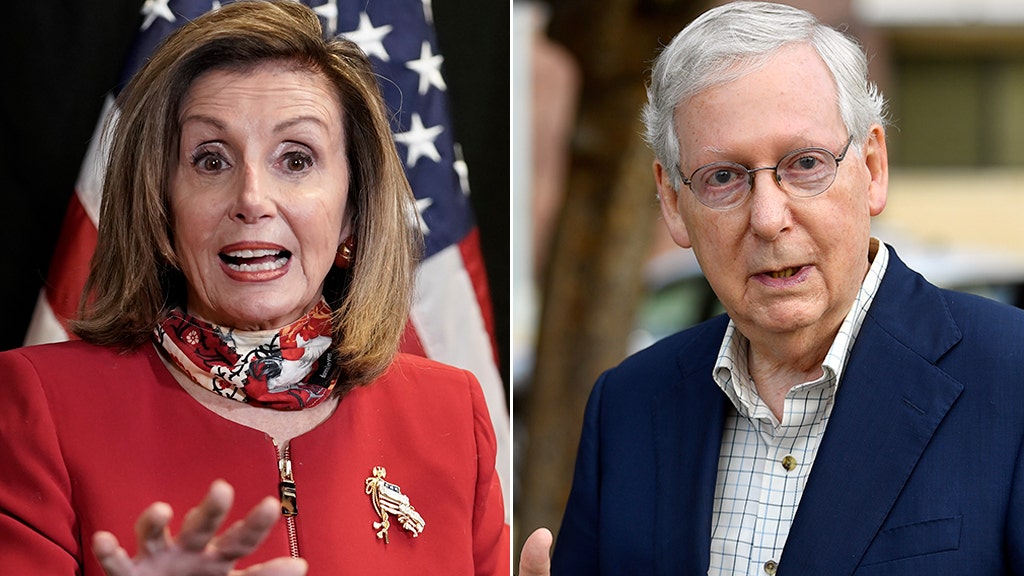Understanding the Importance of Fall Prevention for Leaders
Recent high-profile incidents involving falls experienced by prominent political figures, such as Nancy Pelosi and Mitch McConnell, have raised significant awareness regarding the physical vulnerabilities associated with leadership roles. As these leaders navigate their demanding responsibilities, their personal safety often takes a backseat, leading to potential risks that could impact not only their health but also their professional duties. This article delves into effective strategies for fall prevention, emphasizing the need for leaders to prioritize their safety and well-being.
The Reality of Falls: A Growing Concern
Falls are one of the leading causes of injury among older adults, with an estimated 36 million falls occurring each year in the United States alone, resulting in over 32,000 deaths, according to the Centers for Disease Control and Prevention (CDC). These statistics are alarming, and they underscore the importance of addressing fall risks, especially for individuals in high-stakes positions.
For leaders, the implications of a fall can extend beyond physical injury. A fall can lead to:
- Extended recovery time, affecting their ability to perform duties.
- Increased public scrutiny and media attention.
- Potential health complications, particularly for those with pre-existing conditions.
Given these risks, it is crucial for leaders to adopt proactive measures to safeguard their health and maintain their roles effectively.
Three Essential Strategies to Prevent Falls
1. Environmental Awareness and Modification
One of the most effective ways to prevent falls is to assess and modify the environment in which leaders operate. Simple changes can significantly reduce fall risks:
- Regular Audits: Conduct regular assessments of personal and office spaces to identify potential hazards such as loose rugs, clutter, and poor lighting.
- Use of Assistive Devices: Consider using canes, walkers, or other assistive devices, especially in unfamiliar environments.
- Safe Footwear: Invest in non-slip, supportive shoes that provide adequate traction and stability.
By creating a safer environment, leaders can significantly reduce their chances of falling, allowing them to focus on their responsibilities without the looming threat of injury.
2. Physical Fitness and Balance Training
Maintaining physical fitness is vital for fall prevention. As leaders age, their balance and coordination may decline, making them more susceptible to falls. Engaging in regular physical activity can enhance strength, flexibility, and balance. Recommended activities include:
- Walking: A low-impact exercise that improves overall fitness.
- Yoga and Tai Chi: These practices focus on balance and stability, which are crucial for fall prevention.
- Resistance Training: Building muscle strength can support better balance and coordination.
Moreover, incorporating balance exercises into daily routines can drastically improve stability. Leaders should consider working with fitness professionals to develop personalized exercise plans that cater to their specific needs.
3. Regular Health Check-ups and Medication Management
Health issues and medications can significantly impact a person’s risk of falling. Leaders should ensure they schedule regular health check-ups and discuss any medications with their healthcare providers. Key considerations include:
- Vision and Hearing Tests: Regular screenings can detect changes that may affect balance and spatial awareness.
- Medication Reviews: Some medications can cause dizziness or drowsiness, increasing the risk of falls. Leaders should consult with their doctors to explore alternatives if necessary.
- Chronic Condition Management: Proper management of chronic conditions like arthritis, diabetes, or cardiovascular diseases can improve overall stability and reduce fall risks.
By prioritizing health and well-being, leaders can significantly mitigate their risk of falling and enhance their capacity to lead effectively.
Broader Implications of Fall Prevention in Leadership
The need for fall prevention strategies among leaders extends beyond personal safety; it reflects on organizational health and public confidence. When leaders are healthy and active, they inspire confidence and stability within their teams and the communities they serve. Furthermore, the implications of falls can affect:
- Public Perception: A leader’s physical capability is often scrutinized, and falls can lead to questions about their ability to perform their roles effectively.
- Organizational Stability: Leaders recovering from falls may experience disruptions that affect decision-making and strategic direction.
- Health Resources: Organizations may need to allocate resources for recovery, impacting budgets and planning.
As such, fall prevention is not merely an individual concern but a broader organizational and societal issue that warrants attention.
Conclusion: Prioritizing Safety for Sustainable Leadership
In conclusion, the incidents involving Nancy Pelosi and Mitch McConnell serve as pivotal reminders of the importance of fall prevention strategies for leaders. By implementing environmental modifications, engaging in regular physical activity, and managing health proactively, leaders can significantly reduce their risk of falling and maintain their effectiveness in their roles.
Moreover, prioritizing safety not only benefits the individual leader but also contributes to organizational health and public perception. As leadership roles become increasingly demanding, the importance of safeguarding personal well-being cannot be overstated. Leaders must take proactive steps to ensure they remain safe, stable, and capable of fulfilling their responsibilities, thereby setting a positive example for their followers and the wider community.
See more WebMD Network



